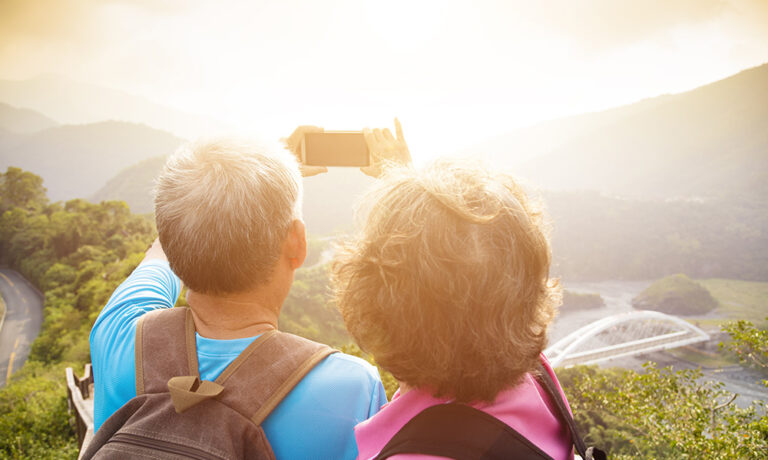Coming Soon: DC’s Newest Museum!
Ground-breaking history is soon to happen in Washington, DC as the new National Museum of African American History and Culture (NMAAHC) opens its doors to the public on September 24th. It will be the 19th and newest museum of the Smithsonian Institution. The NMAAHC captures the roots of African American history where you can explore…


